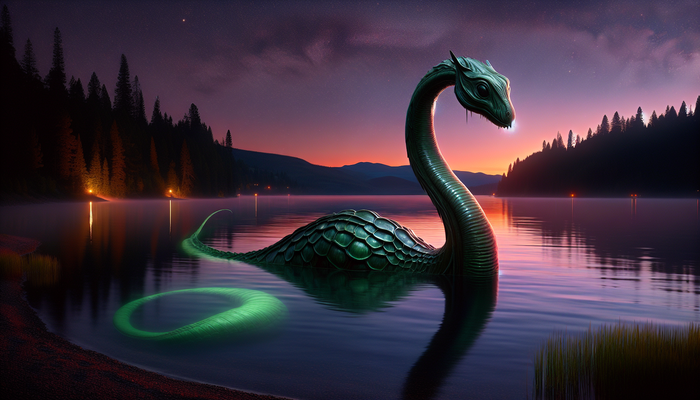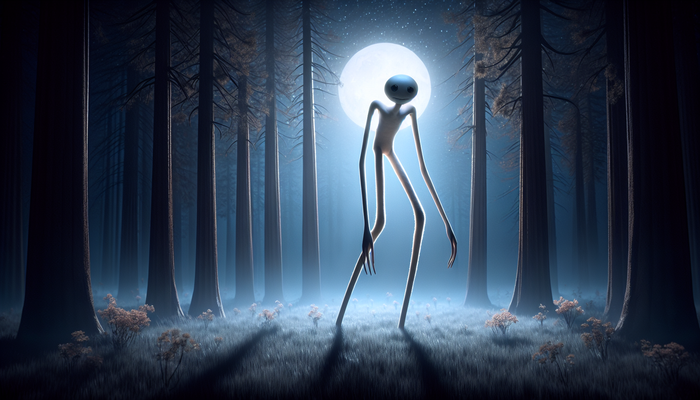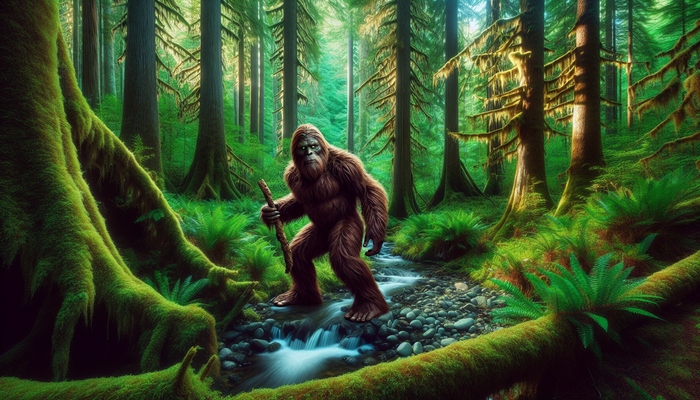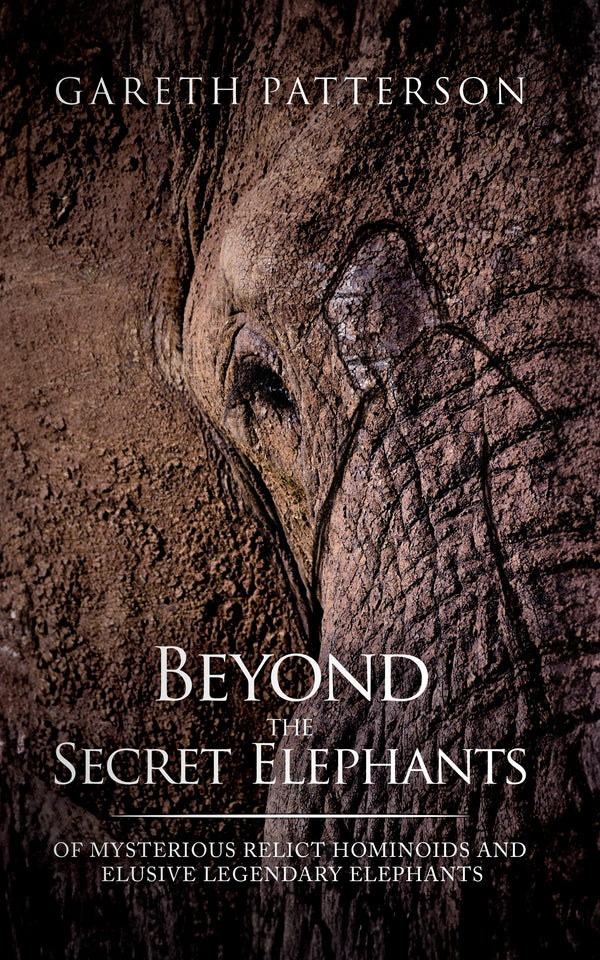Exploring Sea Monsters in Cryptozoology: Myths and Mysteries
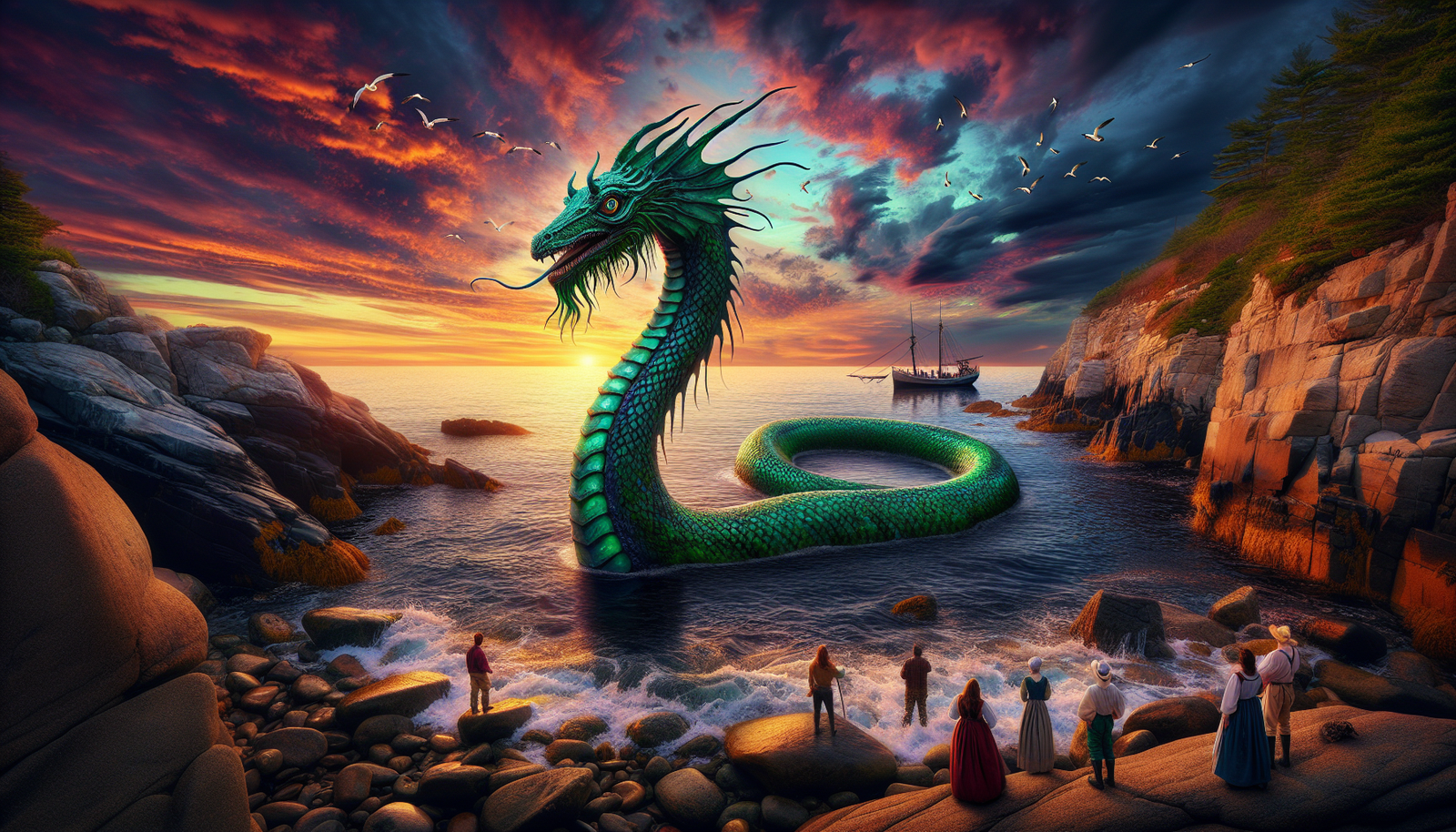
By Jack Sullivan, Cryptozoologist
The Allure of Sea Monsters in Cryptozoology
The vast, mysterious depths of our oceans have long captivated the human imagination. For centuries, tales of monstrous creatures lurking beneath the waves have both terrified and fascinated us. These stories, passed down through generations, have given birth to a field of study known as cryptozoology – the search for animals whose existence remains unproven by mainstream science.
Sea monsters hold a special place in the realm of cryptozoology. From the legendary Kraken to the elusive Loch Ness Monster, these creatures have become cultural icons, representing our deepest fears and wildest fantasies about what might exist in the unexplored corners of our world.
The Historical Context of Sea Monster Legends
Ancient mariners, venturing into uncharted waters, often returned with tales of terrifying encounters. Early maps were adorned with the phrase "Hic Sunt Dracones" – "Here Be Dragons" – a warning to those who dared to sail beyond the known world. These early accounts weren't just flights of fancy; they were often based on real, albeit misunderstood, encounters with marine life.
Take, for instance, the giant squid. Long before it was scientifically documented, sailors spoke of a monstrous creature with tentacles capable of dragging entire ships to their doom. Today, we know that giant squids do exist, growing up to 43 feet in length. While they're not the ship-destroying monsters of legend, their discovery proves that the oceans still hold secrets waiting to be uncovered.
Famous Sea Monsters in Cryptozoology
The Loch Ness Monster
The Loch Ness Monster, affectionately known as "Nessie," is perhaps the most well-known of all cryptids. Sightings of this mysterious creature in Scotland's Loch Ness date back to the 6th century, but it wasn't until the 1930s that Nessie fever truly took hold. The publication of the now-infamous "Surgeon's Photograph," purportedly showing the creature's head and neck emerging from the water, catapulted Nessie to international stardom.
Despite countless expeditions, sonar searches, and even satellite surveys, no conclusive evidence of Nessie's existence has ever been found. Yet the legend persists, drawing thousands of tourists to the shores of Loch Ness each year. The enduring appeal of Nessie speaks to our deep-seated desire for mystery in an increasingly mapped and measured world.
The Kraken
Moving from freshwater to the open ocean, we encounter the fearsome Kraken. This legendary sea monster, with its massive tentacles and insatiable appetite for ships and sailors, has its roots in Scandinavian folklore. The Kraken's name comes from the Norwegian word "krake," meaning an unhealthy animal or something twisted. It's a fitting moniker for a creature said to be capable of creating whirlpools strong enough to drag entire ships to the ocean floor.
While the Kraken of legend is clearly an exaggeration, it's likely based on real encounters with giant squids. These elusive creatures, which can grow up to 43 feet in length, were only first filmed in their natural habitat in 2004. The fact that such large animals could remain hidden from human eyes for so long lends credence to the idea that other undiscovered species might still lurk in the ocean depths.
The Lusca
Not all sea monsters are confined to European waters. The Lusca, a fearsome creature from Caribbean folklore, is said to inhabit the blue holes of the Bahamas. Described as a hybrid of a shark and an octopus, the Lusca is known for its aggressive behavior and ability to drag unsuspecting divers into underwater caves. While there's no scientific evidence for the Lusca's existence, the legend speaks to the very real dangers of diving in these complex underwater cave systems.
The Gloucester Sea Serpent
Closer to home for many Americans is the tale of the Gloucester Sea Serpent. First sighted in 1638 off the coast of Massachusetts, this creature was reported by numerous witnesses over the years. The frequency and consistency of these sightings led to serious investigations by local naturalists, though the creature's true identity remains a mystery to this day.
The Gloucester Sea Serpent is particularly interesting from a cryptozoological perspective because of the sheer volume of eyewitness accounts. Unlike many cryptids, which are often based on isolated sightings, the Gloucester Sea Serpent was reportedly seen by scores of people over an extended period. This wealth of anecdotal evidence makes it a compelling case study in the field of cryptozoology.
Understanding Cryptozoology
Cryptozoology occupies a unique space between science and folklore. While it draws on scientific methods and principles, it also relies heavily on anecdotal evidence, historical accounts, and local legends. This approach has led to criticism from some in the scientific community, who argue that cryptozoology lacks the rigorous standards of evidence required in traditional zoology.
However, proponents of cryptozoology argue that it serves an important function in bridging the gap between folklore and science. They point to examples like the coelacanth, a fish thought to have been extinct for millions of years until it was discovered alive in 1938. Such discoveries, they argue, prove that the oceans still hold secrets waiting to be uncovered.
The Role of Eyewitness Accounts
The role of eyewitness accounts in cryptozoology cannot be overstated. Many cryptozoologists argue that while individual sightings might be dismissed as misidentifications or hoaxes, the sheer volume of reports for certain creatures suggests that there might be something real behind the legends.
Take, for example, the case of the Gloucester Sea Serpent. Over a period of several months in 1817, dozens of reputable witnesses reported seeing a strange creature in the waters off Cape Ann. These weren't just sailors spinning yarns; the witnesses included clergymen, justices of the peace, and other respected members of the community. The consistency of their descriptions and the frequency of the sightings led to the formation of a special committee by the Linnaean Society of New England to investigate the phenomenon.
The Plesiosaur Effect
This brings us to an interesting phenomenon in the field of cryptozoology: the "Plesiosaur Effect." As public knowledge of prehistoric marine reptiles like plesiosaurs increased in the 19th and early 20th centuries, descriptions of sea monsters began to change. Where once they were described as simply serpentine creatures, now they took on characteristics reminiscent of these ancient beasts, with long necks and flipper-like appendages.
This shift in descriptions highlights the complex interplay between scientific knowledge and folklore. As our understanding of the natural world expands, it shapes our expectations and interpretations of the unknown. This doesn't necessarily mean that earlier accounts were inaccurate or that later ones were influenced by scientific illustrations. Rather, it suggests that our perception of the unknown is always filtered through the lens of our current knowledge and cultural context.
Modern Science and Sea Monsters
While most marine biologists are skeptical about the existence of sea monsters as described in folklore, they do acknowledge that the oceans still hold many mysteries. New species are discovered regularly, particularly in the deep sea, where conditions make exploration challenging.
One of the most exciting discoveries in recent years was the capture of the first images of a live giant squid in its natural habitat. This elusive creature, long thought to be the inspiration for the Kraken, was filmed in 2004 off the coast of Japan. While not quite as large as the legendary Kraken, the giant squid is still an impressive animal, with the largest known specimen measuring 43 feet in length.
Misidentification and Known Species
Many cryptozoologists argue that sea monster sightings can often be explained by encounters with known animals that are simply out of their usual context or behaving in unexpected ways.
For example, the oarfish, a long, ribbon-like fish that can grow up to 36 feet in length, has often been suggested as a possible explanation for some sea serpent sightings. These fish normally live in the deep sea but occasionally wash up on beaches or are seen near the surface when they are sick or dying. To someone unfamiliar with marine life, an oarfish could easily be mistaken for a sea monster.
Similarly, the basking shark, the second-largest fish in the world after the whale shark, has been proposed as an explanation for some sea monster sightings. When a basking shark dies, its lower jaw and gills rot away quickly, leaving behind a carcass that, with some imagination, could be mistaken for a plesiosaur-like creature.
The Future of Sea Monster Research
As we look to the future, advances in technology are opening up new possibilities for ocean exploration. Remotely operated vehicles (ROVs) and autonomous underwater vehicles (AUVs) are allowing scientists to explore deeper and more remote parts of the ocean than ever before. These tools may one day provide definitive answers to some of cryptozoology's most enduring questions.
At the same time, the cultural legacy of sea monsters continues to evolve. From blockbuster movies to children's books, these creatures continue to capture our imagination. They serve as powerful symbols in environmental messaging, reminding us of the importance of ocean conservation and the potential consequences of human activity on marine ecosystems.
Conclusion
In the end, whether or not sea monsters exist in the flesh, they undoubtedly exist in our collective imagination. They represent our fear of the unknown, our respect for the power of nature, and our hope that there are still wonders left to be discovered in our world. As we continue to explore the oceans and push the boundaries of our knowledge, we may find that the truth is even more fascinating than the legends.
The study of sea monsters, whether through the lens of cryptozoology or marine biology, reminds us of the vastness and mystery of our oceans. It challenges us to keep exploring, to keep questioning, and to maintain our sense of wonder about the natural world. In doing so, we honor the spirit of inquiry that has driven human discovery for millennia.
As we stand on the shores of the 21st century, gazing out at the vast, mysterious oceans, we're left with a choice. We can dismiss the legends of sea monsters as mere fantasy, or we can use them as inspiration to dive deeper, explore further, and uncover the real wonders that lie beneath the waves. After all, in a world where giant squids and colossal squid exist, who's to say what other marvels might be waiting to be discovered?
From Bigfoot to UFOs: Hangar 1 Publishing Has You Covered!
Explore Untold Stories: Venture into the world of UFOs, cryptids, Bigfoot, and beyond. Every story is a journey into the extraordinary.
Immersive Book Technology: Experience real videos, sights, and sounds within our books. Its not just reading; its an adventure.



